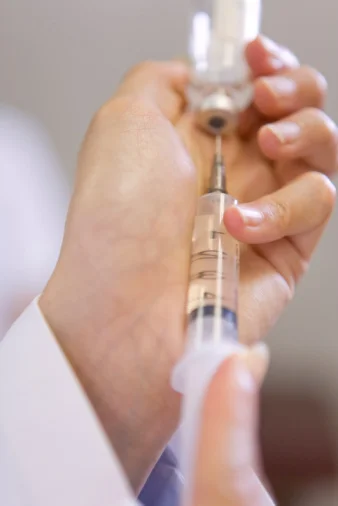Platelet-Rich Plasma (PRP) Therapy:
Platelet Rich Plasma (PRP) is a safe, non-surgical injection therapy that helps relieve pain and inflammation of musculo-skeletal connective tissue (tendons, ligaments, cartilage). PRP uses the healing properties of the patients’ own blood (platelets and plasma), which contain huge doses of bioactive proteins, such as growth factors, that are pivotal in the repair and regeneration of tissue. These special proteins also initiate new blood vessel formation, bone regeneration and healing, connective tissue repair and support overall wound healing.
FAQs
-
What is PRP?
Platelet Rich Plasma (PRP) is the name given to blood plasma with a high concentration of platelets (another blood component). These concentrated platelets contain huge doses of bioactive proteins, such as growth factors, that are pivotal in the repair and regeneration of tissue. These special proteins also initiate new blood vessel formation, bone regeneration and healing, connective tissue repair and endorse overall wound healing.
Platelet-Rich Plasma (PRP) therapy has been a part of surgical applications since the 1970s. Thanks to the recent technological surge, this non-surgical mode of treatment has also forayed into the sports arena too where it is being effectively used to mend ligaments and repair tendon injuries. -
The procedure
The core procedure involves collecting a concentrate of Platelets along with White Blood Cells (WBCs) from the patient’s blood, with the aid of a platelet separation system. This concentrate, which contains platelets and growth factors (multiplied several fold), is then mixed with activating agents and is injected back into the patient’s own damaged tissue where it begins to initiate the process of repair.
The repair response in the injured tissue is kick-started by the formation of a blood clot. This is then followed by the implanted platelets getting dissolved, triggering the release of growth factors which in turn leads to the formation of a fibrous scar tissue . Eventually the injured tissue is completely replaced byhealthy cells. Most people undergoing treatment may require 3-6 doses of injections which are given approximately a month apart from each other. It is important to have this time between treatments so that the injured tendons, cartilage, and ligaments can heal from the newly regenerated collagen.

